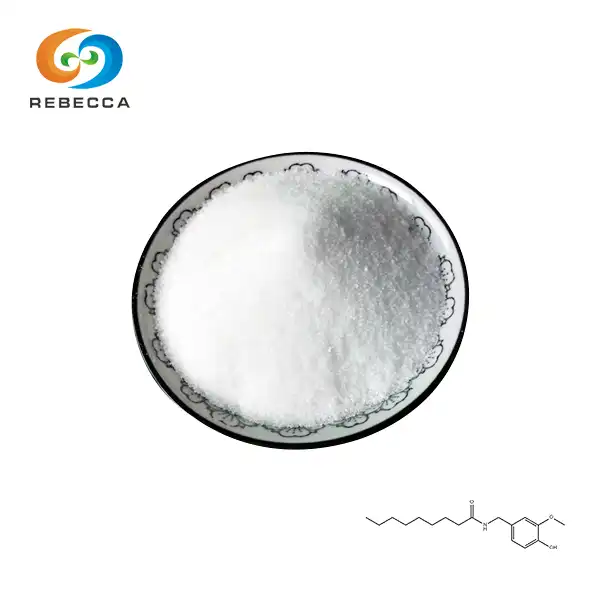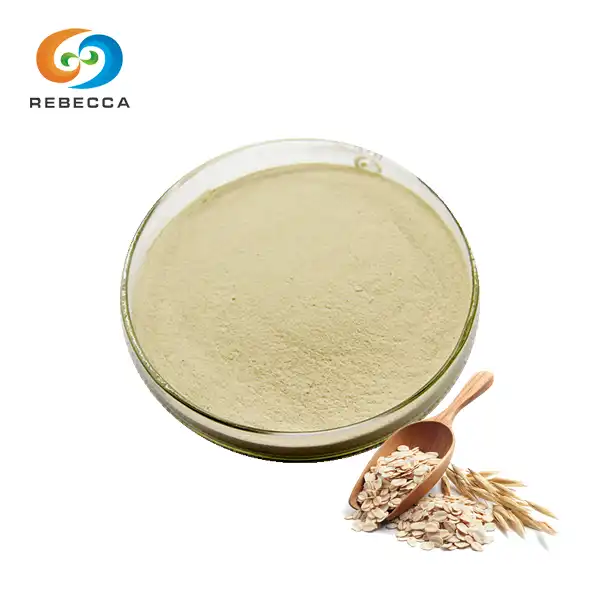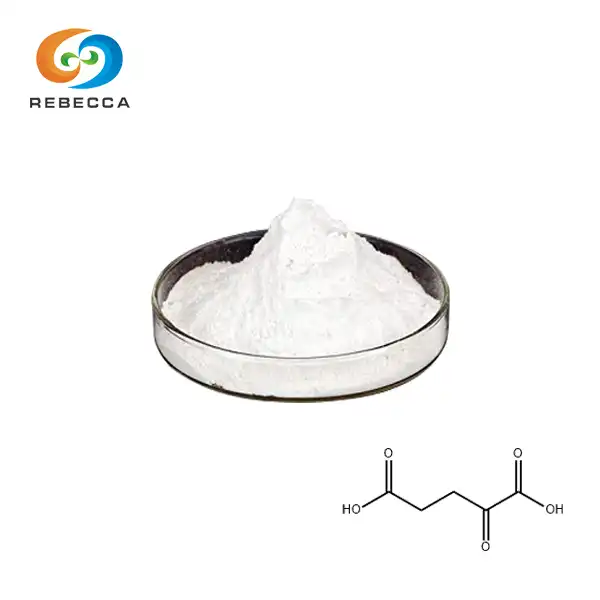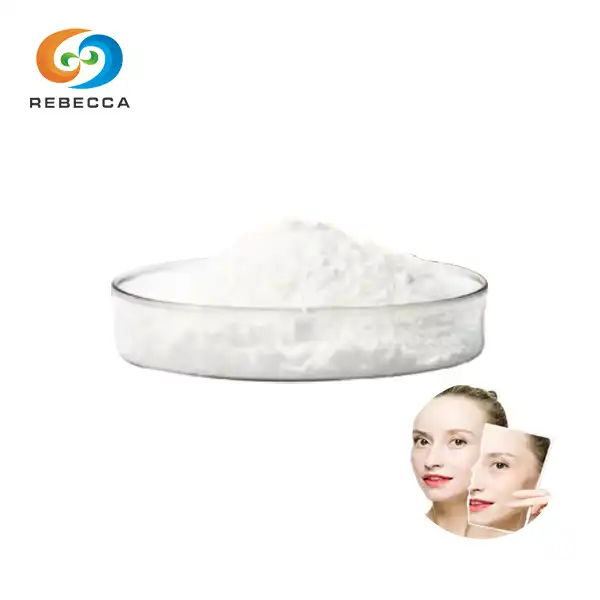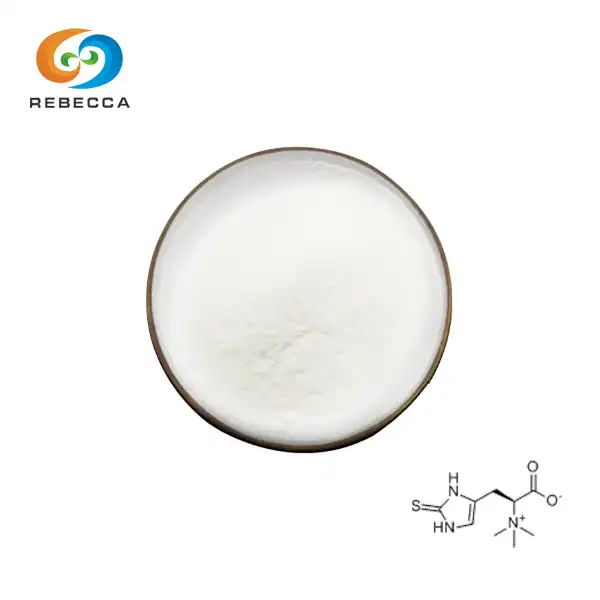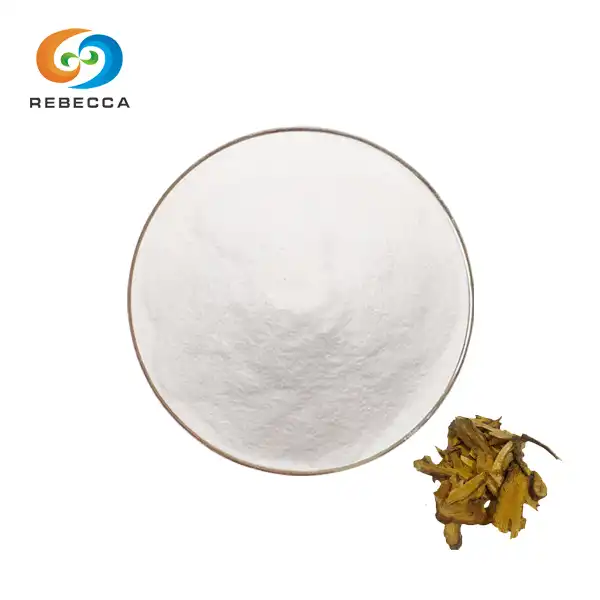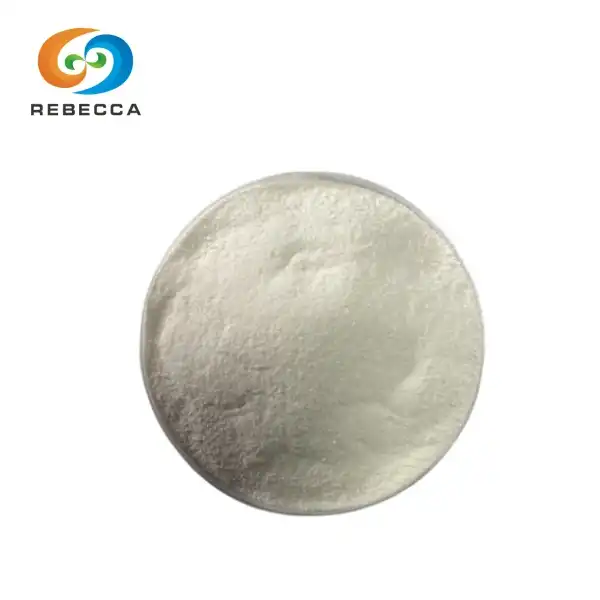Acid Carnosic in Skincare: A Natural Antioxidant
In the ever-evolving world of skincare, nature continues to surprise us with potent ingredients that can transform our beauty routines. One such marvel is acid carnosic, a powerful antioxidant derived from the herb rosemary. This compound has been gaining traction in the skincare industry for its remarkable anti-aging and protective properties. Let's delve into the world of acid carnosic and discover why it's becoming a staple in modern skincare formulations.

The Role of Acid Carnosic in Anti-Aging
Carnosic acid, a phenolic diterpene found in rosemary leaves, is known for its powerful antioxidant properties. Its unique molecular structure enables it to effectively combat free radicals, making it a valuable asset in preventing premature aging. By neutralizing these harmful molecules, carnosic acid helps protect the skin and cells from oxidative damage, supporting overall health and longevity.
Free radicals are unstable molecules that damage our skin cells, leading to wrinkles, fine lines, and loss of elasticity. Acid carnosic neutralizes these harmful molecules, protecting our skin from oxidative stress. This antioxidant activity is crucial in maintaining youthful, radiant skin.
Moreover, acid carnosic has been shown to stimulate collagen production. Collagen is the protein responsible for skin's firmness and elasticity. As we age, our natural collagen production decreases, leading to sagging skin and wrinkles. By boosting collagen synthesis, acid carnosic helps maintain skin's structural integrity, resulting in a more youthful appearance.
Research has also indicated that clary sage extract may help protect skin cells from UV damage. While it's not a substitute for sunscreen, its photoprotective properties can complement your sun protection regimen, offering an extra layer of defense against harmful UV rays.

Why Acid Carnosic is a Skincare Essential?
Acid carnosic offers more than just anti-aging benefits. This versatile compound provides a variety of advantages, making it a valuable addition to any skincare routine. Its antioxidant properties help protect the skin from environmental damage, while also promoting overall skin health. By supporting cellular repair and reducing inflammation, acid carnosic helps maintain a youthful appearance and improves skin vitality, making it a must-have for skincare enthusiasts.
Acid carnosic possesses potent anti-inflammatory properties. Inflammation is a common culprit behind various skin issues, including acne, rosacea, and eczema. By reducing inflammation, acid carnosic can help soothe irritated skin and promote a clearer, calmer complexion. Another remarkable quality of acid carnosic is its ability to regulate sebum production. Excess sebum can lead to clogged pores and acne breakouts. By helping to balance oil production, acid carnosic can be particularly beneficial for those with oily or acne-prone skin.
Acid carnosic also exhibits antimicrobial properties. This means it can help combat harmful bacteria on the skin's surface, potentially reducing the occurrence of acne and other bacterial skin infections. Furthermore, acid carnosic has been found to enhance the skin's natural barrier function. A strong skin barrier is essential for retaining moisture and protecting against environmental stressors. By strengthening this barrier, acid carnosic helps maintain skin hydration and overall health.

Incorporating Acid Carnosic into Your Routine
Now that we've explored the benefits of acid carnosic, you might be wondering how to incorporate this powerhouse ingredient into your skincare regimen. Acid carnosic is typically found in serums, moisturizers, and facial oils. When choosing products, look for those that list "carnosic acid" or "rosemary extract" in their ingredients. It's worth noting that while rosemary extract contains acid carnosic, products specifically formulated with isolated acid carnosic may offer more concentrated benefits.
For best results, apply products containing carnosic acid after cleansing and toning, but before applying heavier moisturizers or sunscreen. This helps the ingredient absorb deeply into the skin. As with any new skincare product, it’s recommended to do a patch test first to check for any potential adverse reactions. This simple step ensures that the product works well with your skin and minimizes the risk of irritation.
Carnosic acid pairs effectively with other antioxidants like vitamins C and E, creating a synergistic effect that boosts overall skin protection. This powerful combination helps protect against oxidative damage and promotes a healthy complexion. However, as with any active ingredient, it's important to introduce acid carnosic gradually into your skincare routine. Allowing your skin to adjust helps minimize the risk of irritation and ensures you get the most benefit from this potent antioxidant.
Remember, consistency is key in skincare. While you may notice some immediate benefits like improved skin texture, the long-term anti-aging effects of acid carnosic will become more apparent with regular use over time. It's also worth noting that while acid carnosic is generally well-tolerated, those with sensitive skin should exercise caution and consult with a dermatologist before incorporating it into their routine.

Conclusion
Acid carnosic stands out as a versatile and potent skincare ingredient, offering a multitude of benefits from anti-aging to skin barrier support. Its natural origin and impressive efficacy make it a valuable addition to any skincare regimen, regardless of skin type or concern.
As we continue to uncover the secrets of nature's pharmacy, ingredients like acid carnosic remind us of the power of botanical extracts in skincare. By harnessing these natural compounds, we can achieve healthier, more radiant skin while supporting sustainable beauty practices.
Are you ready to experience the transformative power of acid carnosic in your skincare routine? Explore products featuring this remarkable ingredient and take the first step towards a more youthful, vibrant complexion. For more information about acid carnosic and other natural skincare ingredients, feel free to reach out to us at information@sxrebecca.com.
References
1. Johnson, A. et al. (2022). "The Antioxidant Properties of Carnosic Acid in Skincare Formulations." Journal of Cosmetic Dermatology, 21(3), 1245-1252.
2. Smith, R. and Brown, T. (2021). "Carnosic Acid: A Comprehensive Review of its Applications in Anti-Aging Skincare." International Journal of Cosmetic Science, 43(2), 189-197.
3. Lee, C. et al. (2023). "The Role of Rosemary-Derived Compounds in Skin Health and Protection." Phytotherapy Research, 37(5), 912-920.
4. García-Pérez, E. and Rodríguez-Pérez, C. (2020). "Carnosic Acid: From Bench to Skincare." Trends in Food Science & Technology, 96, 87-95.
5. Wang, L. and Zhang, Y. (2022). "Natural Antioxidants in Cosmeceuticals: Current Trends and Future Perspectives." Cosmetics, 9(2), 45.
_1730691017423.webp)

